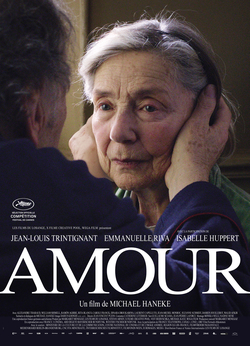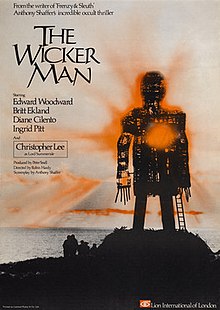 100 years ago as of this past April 6, the United States entered World War I, and in commemoration, library staff have created a new exhibit located on the second floor of FHG Library. The First World War reshaped the map of Europe, and the balance of power throughout the world, as well as producing destruction of human life on a scale never seen before. It may be impossible to fully take in and comprehend the horror and tragedy of World War I, but that doesn’t mean we shouldn’t commemorate it and learn from it.
100 years ago as of this past April 6, the United States entered World War I, and in commemoration, library staff have created a new exhibit located on the second floor of FHG Library. The First World War reshaped the map of Europe, and the balance of power throughout the world, as well as producing destruction of human life on a scale never seen before. It may be impossible to fully take in and comprehend the horror and tragedy of World War I, but that doesn’t mean we shouldn’t commemorate it and learn from it.
There are numerous angles from which to approach such a huge topic. Part of the exhibit focuses on local aspects, such as the Red Cross volunteer work done by women students at West Chester State Normal School, and fundraising by students in support of various causes. There is a section about people connected to the West Chester community who served in the military during the war, such as: Charles Criswell, class of 1913, Ira Lady, a professor of mathematics, and Michael Sestrick, grandfather of music librarian Tim Sestrick.
 There are also some topical focuses, including the roles of women during the war, as nurses, workers, and in the military; the development of technology; and creation of the first government propaganda machine in the United States. There are library resources on display in almost all of the exhibit cases, many of which can be checked out. For books inside a locked display case, feel free to ask for assistance at the Library Help desk.
There are also some topical focuses, including the roles of women during the war, as nurses, workers, and in the military; the development of technology; and creation of the first government propaganda machine in the United States. There are library resources on display in almost all of the exhibit cases, many of which can be checked out. For books inside a locked display case, feel free to ask for assistance at the Library Help desk.
The creators of the exhibit are Tara Wink, Jesse Brody, Ainsley Hume, and Regina Braidotti. For questions about the exhibit please email libspeccol@wcupa.edu.








A new exhibit traces the development of the dress code, and focuses on a flash point in the late 1960s when a student was threatened with suspension for having hair that was slightly too long according to the dress code of the time.
But in 1967 at West Chester State College, a student named John Whiting was threatened with suspension for the length of his hair. As you can see in the photo of Whiting to the right, taken during a protest, his appearance seems formal to us now, his hairstyle not worth noting. It's a measure of how much things can change, and how rapidly, that Whiting's appearance was seen as anything but conventional, even conservative, at the time.
Whiting’s experience reflected a larger struggle between mainstream culture and countercultural youth movements in the 1960s, with physical appearance often signaling political leanings and cultural values. The length of men’s hair was one common point of contention. At West Chester, the student response to Whiting’s treatment led to extensive discussion and important changes on campus.
The exhibit contains images and documents from Special Collections. These include items from the newly processed Earl F. Sykes Collection, which contains a wealth of information about West Chester during the 1960s, when Sykes was president of the college.
Take a trip up to the sixth floor of the FHG Library and enjoy a fascinating glimpse into West Chest University’s history!
Commenting on blog posts requires an account.
Login is required to interact with this comment. Please and try again.
If you do not have an account, Register Now.